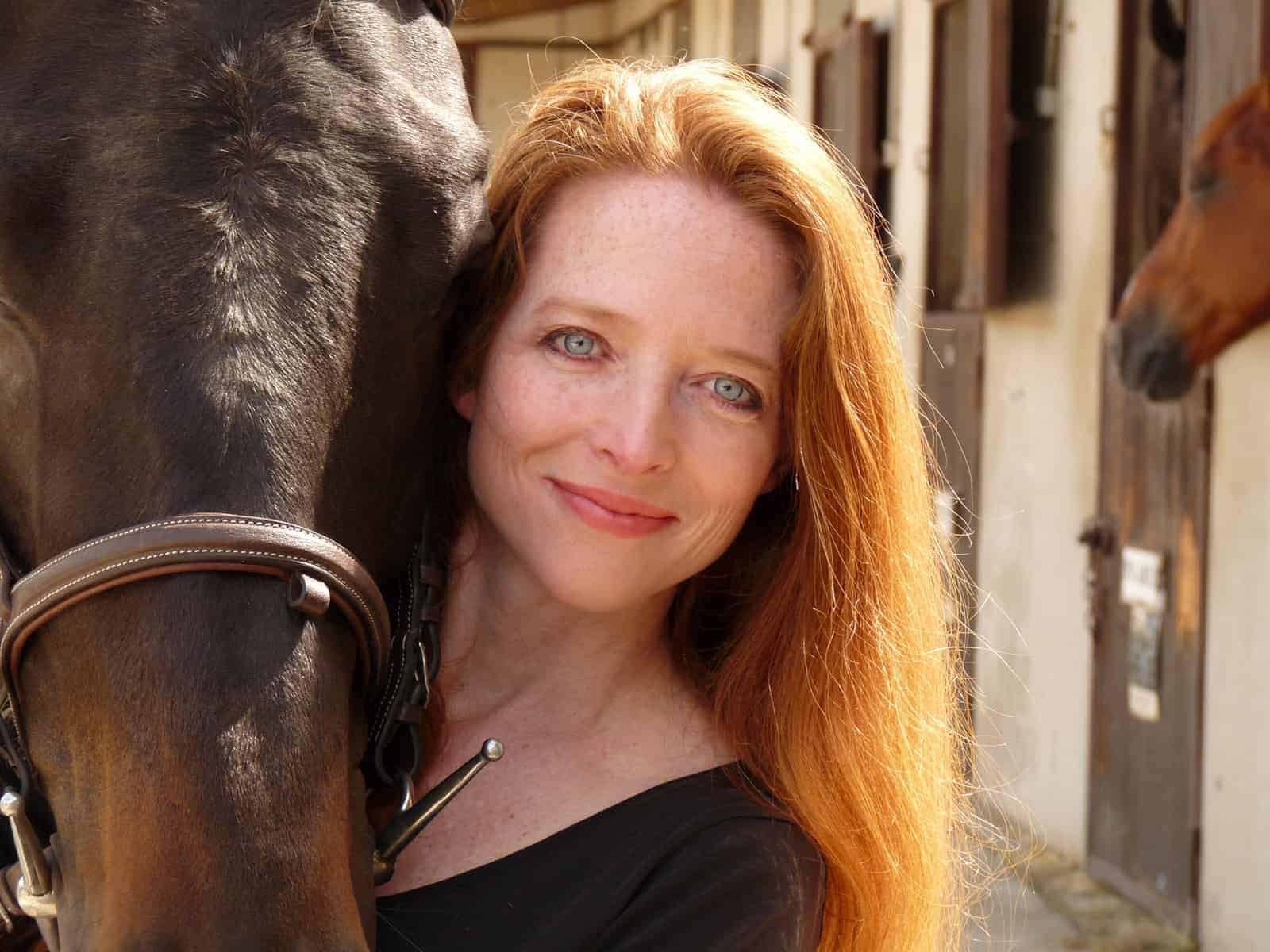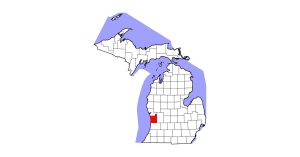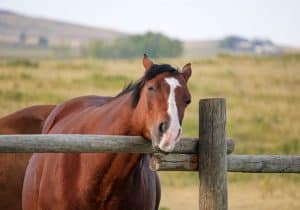Managing Laminitis: The Horse Owner’s Role
Adhering to your veterinarian’s carefully designed laminitis-care plan is critical to your horse’s welfare and well-being

Getting a laminitis diagnosis is a double gut-sinking whammy. Your horse is in severe pain, and you’re looking at an intense period of very stringent care—which is usually followed by a lifetime of cautious management to prevent a relapse.
Horses that have suffered a bout of acute laminitis need one week of strict stall rest for every day their feet were sore, says Andrew van Eps, BVSc, PhD, MACVSc, Dipl. ACVIM, professor of equine musculoskeletal research at the University of Pennsylvania School of Veterinary Medicine’s New Bolton Center, in Kennett Square. They also generally need pain medications and anti-inflammatories. And if the laminitis was metabolic in origin—as most cases are—the horse probably also needs food restriction to control insulin and lose weight without exercise. Once these horses are finally clear to start the progressive path back to exercise, they need constant weight monitoring with special diets, limited grazing, and, if their health allows it, regular workouts.
For veterinarians the diagnosis might also be a tough one to make. Giving the bad news is almost always complicated by the fact these medical professionals must then transfer the greatest load of their patients’ care duty over to their owners. That often means their painstakingly designed laminitis-care plans don’t get followed correctly.
“We recognize the problem, and then we try to manage the problem, and the owner then becomes critical in enacting the plan,” van Eps says. “But it’s just very difficult for people to do that.”
It’s not that owners don’t want the best for their horses; on the contrary, it’s often because they want the best for them that they deviate from these highly restrictive plans, says Tamzin Furtado, PhD, of the University of Liverpool’s Institute of Infection, Veterinary, and Epidemiological Sciences, in the U.K. “People are genuinely worried about their horses’ emotional well-being,” she says.
Add the fact that managing laminitic and laminitis-prone horses is usually time-consuming, intense, and expensive, and it’s easy to understand why this often preventable disease keeps recurring, our sources say.
The Counterproductive Guilt Complex
The biggest reason owners don’t follow laminitis management plans is they feel sorry for their horses when limiting turnout and grazing, for instance, van Eps and Furtado say. Our sources know exactly what that feels like, because they’re horse and pet owners, too.
“We’ve all been there, and it’s just so horrible having to do these things,” Furtado says. “We don’t want to be horrible! And the horses look miserable, and so then we feel guilty, and we just don’t want to (follow the plan) anymore
This story requires a subscription to The Horse magazine.
Current magazine subscribers can click here to and continue reading.
Subscribe now and gain unlimited access to premium content.
Subscribe NowWe at The Horse work to provide you with the latest and most reliable news and information on equine health, care, management, and welfare through our magazine and TheHorse.com. Our explanatory journalism provides an understandable resource on important and sometimes complex health issues. Your subscription will help The Horse continue to offer this vital resource to horse owners of all breeds, disciplines, and experience levels.

Written by:
Christa Lesté-Lasserre, MA
Related Articles
Stay on top of the most recent Horse Health news with
















